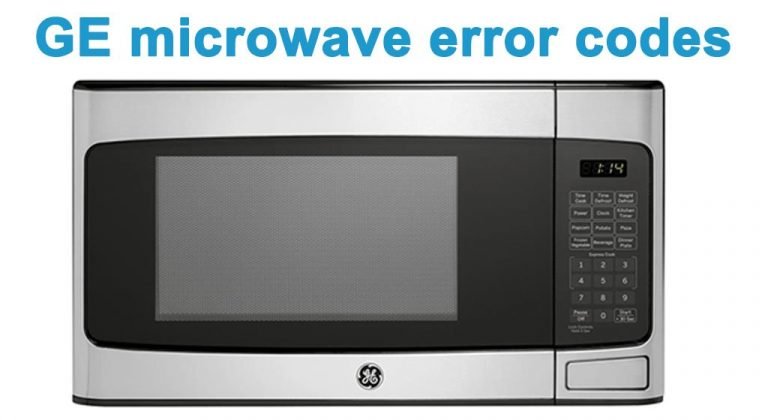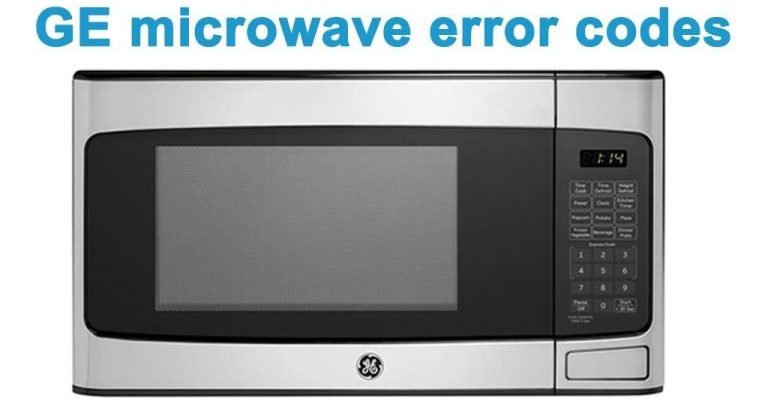
The “E1” error code on a GE microwave generally refers to a problem with the sensor that detects humidity. This sensor plays a crucial role because it helps your microwave determine when your food is cooked just right by measuring the steam emitted from your food. Without it functioning correctly, the microwave might not work optimally. But don’t worry—whether this problem falls under warranty coverage can depend on a few factors, such as the age of your microwave and the specific terms of your warranty. Now, let’s dive deeper to understand how warranties work and what they typically cover when it comes to your GE microwave.
Understanding GE Microwave Warranty
When you buy a GE microwave, it often comes with a standard warranty that covers any manufacturing defects. Think of it like a safety net that guarantees your appliance against issues that shouldn’t occur with normal use. This warranty typically spans one year from the date of purchase, covering parts and labor costs for any needed repairs. But here’s the catch—this usually only applies to problems stemming from factory-related defects, not normal wear and tear or misuse.
So, what about the E1 error? Well, if this error is due to a faulty sensor right out of the box, it would likely be covered under this standard warranty. However, if your microwave is older or the issue arose from mishandling, such as slamming the door too hard or accidentally damaging the sensor, then it might not be covered. It’s like owning a car: engine problems due to manufacturing faults might be covered, but scratches from bumping into a pole? Not so much.
To determine your coverage, check your warranty documentation. It will outline what’s included and the duration of coverage. If you’ve misplaced it, don’t worry! You can usually find this information on the GE Appliances website by entering your microwave’s model number. If in doubt, contacting GE customer support can also provide clarity on your specific situation.
Steps to Resolve the E1 Error
First things first, try not to panic when you see the E1 code. This error, while inconvenient, often has straightforward solutions. Start by unplugging your microwave for a few minutes, then plugging it back in. This simple action can sometimes reset the microwave’s system, much like restarting a computer can fix minor glitches. If the error persists, check for any visible damage or dirt around the sensor area since obstructions can sometimes cause sensor errors.
If restarting doesn’t resolve the issue and your microwave is under warranty, it’s time to consider repair options. You can contact GE’s customer service, and they will guide you on the next steps. They might suggest sending a technician to assess and fix the problem. Keep in mind; attempting to fix it yourself could void the warranty, so professional help is usually the way to go.
For those whose microwaves are no longer under warranty, don’t worry too much. You can still call for professional repair, though you’ll need to cover the costs. Alternatively, if you’re handy, consult GE’s support site for troubleshooting guides or online forums where other users share DIY tips—just be cautious to avoid further damage.
Preventing Future Errors
To prevent running into the dreaded E1 error again, regular maintenance is your best friend. It’s akin to giving your car regular oil changes—simple actions that keep things running smoothly. Periodically clean your microwave to ensure sensors remain unobstructed by food particles. Also, handle your microwave with care, avoiding slams and bumps that might jostle sensitive parts.
Another tip is regularly checking your microwave’s manual for any maintenance advice specific to your model. Small steps like these can extend your appliance’s lifespan and minimize error occurrences. And, as always, if you notice anything strange, address it sooner rather than letting it potentially lead to bigger problems.
In summary, while the E1 error can be a hassle, understanding your GE microwave warranty and taking simple preventative measures can keep your appliance working efficiently. Whether it’s leveraging warranty coverage or practicing regular care, you’ll ensure your microwave remains a dependable kitchen companion for years to come.
